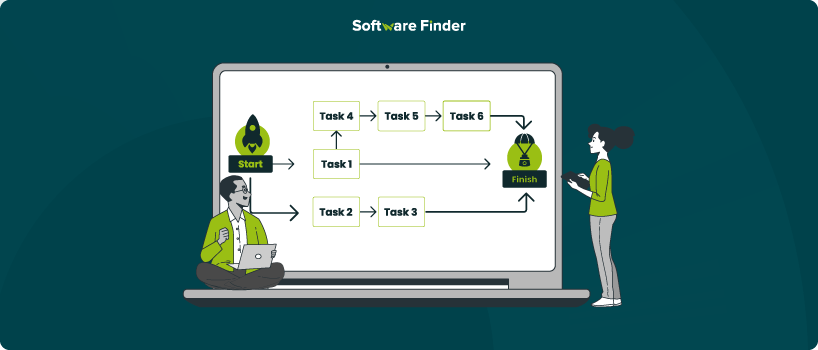
Tasks set within projects are often a race against time. When project managers fail to adhere to timelines or rush tasks, it can become a nightmare. The critical path method (CPM) offers an effective solution. This crucial project planning technique identifies the activities that comprise the critical path, which directly impact the project's overall schedule. By understanding and managing the critical path, project managers can better plan and execute tasks within the given timeline.
The best part? Templates ease the understanding of critical paths concerning CPM. These preformatted guides assist you in plotting the tasks and allocating the durations, thus visualizing the more vital sting path without computation.
This blog post provides a deeper look at critical path templates and what they can do for your project management. We will look at some standard templates for different industries, how one can use a critical path method in project management and more.

First, there is a CPM template standard for all projects independent of their categories, and there are unique templates for each category of projects. By relating to these specialty templates, you can pick the one appropriate for the execution of your project and guarantee that all necessary tasks are provided together with the required dependencies. Here are some common types of critical path templates, each suited for distinct project types:
Construction Projects

In construction projects, many activities are related and depend on each other in sequence or concurrently. The critical path in a construction project involves a set of activities, which include site development, construction of substructure, superstructure, internal fittings such as electrical and water supply, and the last phase is finishing work. This way, it becomes possible to manage the sequence and time of the construction phases properly and exclude unnecessary delays.
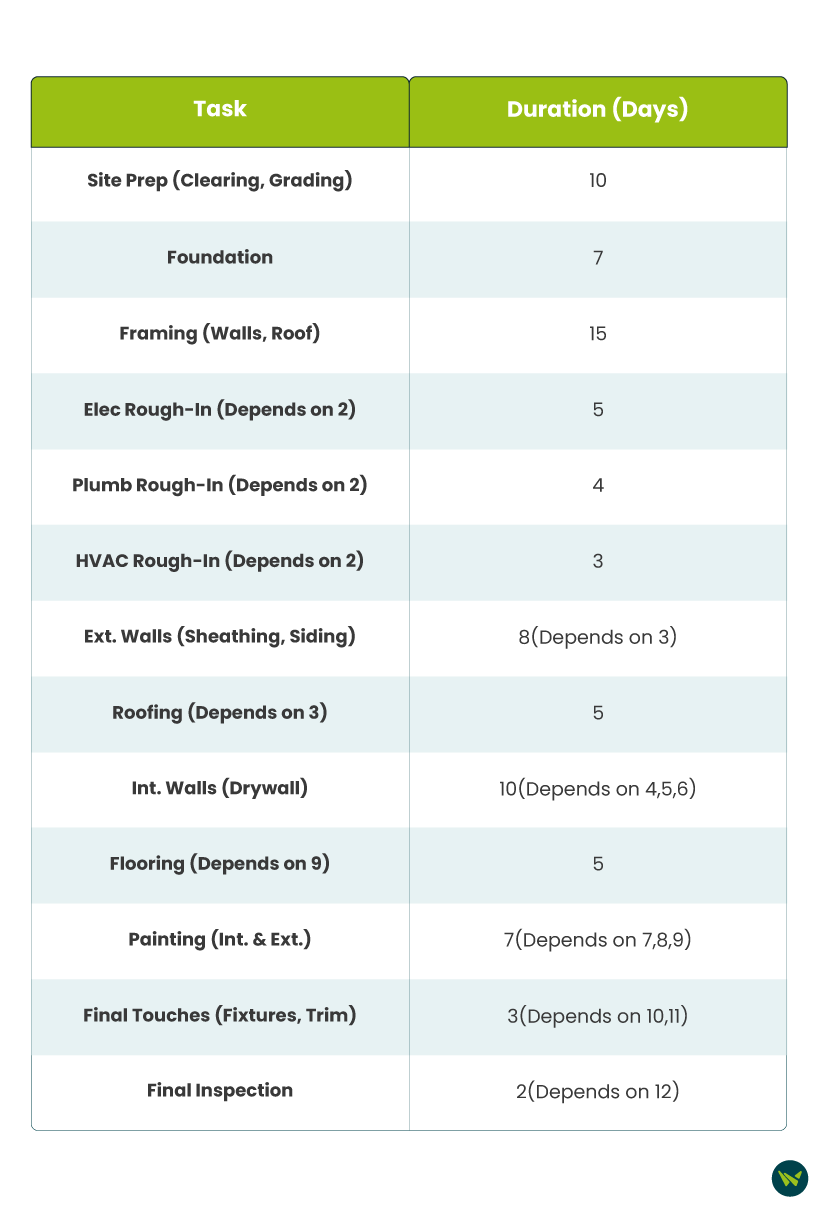
IT Projects

Since, IT projects include several activities like writing code or testing the developed product or system or its implementation, they are complex and need careful planning. Another important tool is the critical path template, which is IT-specific and defines these tasks, their dependencies, and critical milestones. This helps to eliminate the chances of a project getting stuck in a certain phase while the rest is developed and ready for implementation.
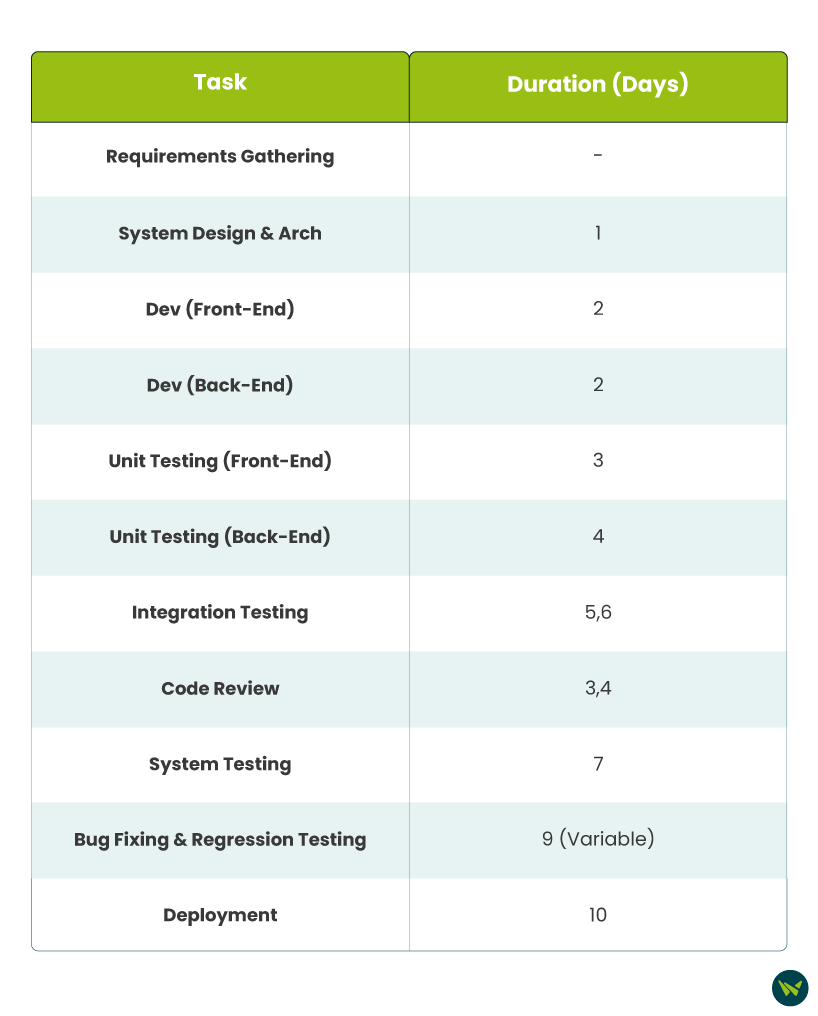
Marketing Campaigns

Marketing campaigns are comprised of a range of activities that need to be well-coordinated, including research on the targeted markets, the creation of content and material, promotion, public relations, and performance assessment, among others.
The critical path for a marketing campaign is a written list that contains these tasks and their time frames, together with the dependencies. This helps in checking that every campaign component that has been developed is delivered in the best way possible to achieve an intended goal.
Selecting the right critical path analysis template for your project category will improve your project management ability through organization, deadlines, and project goals.
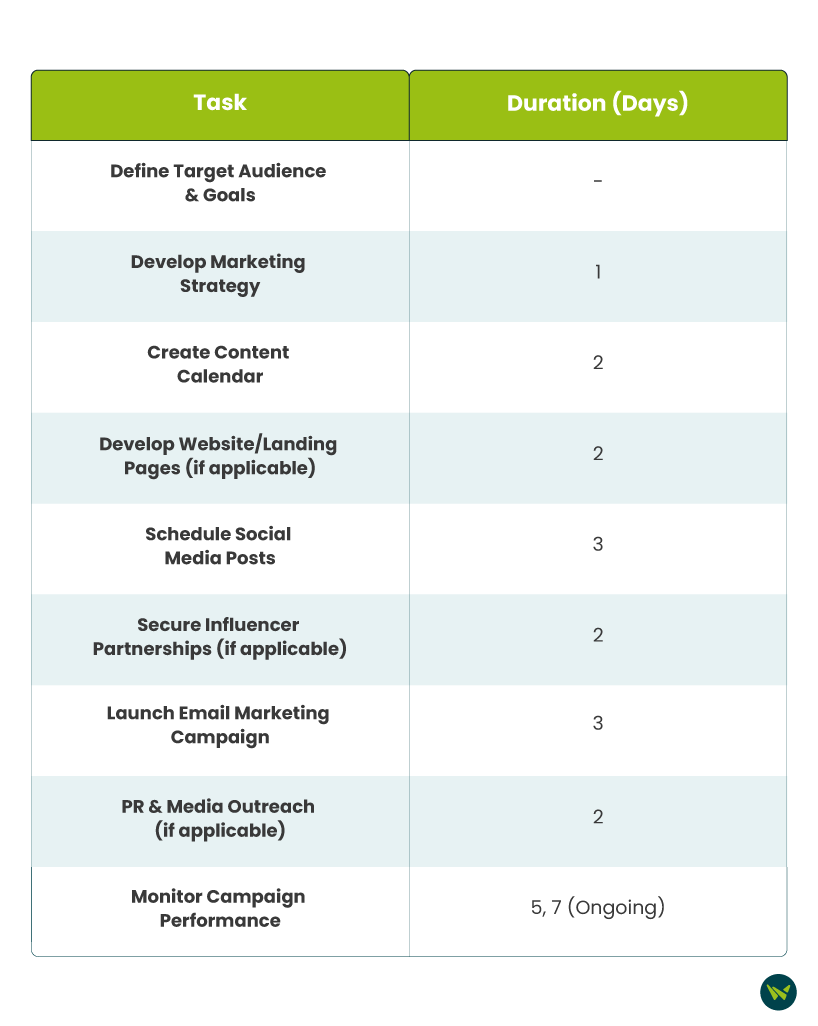
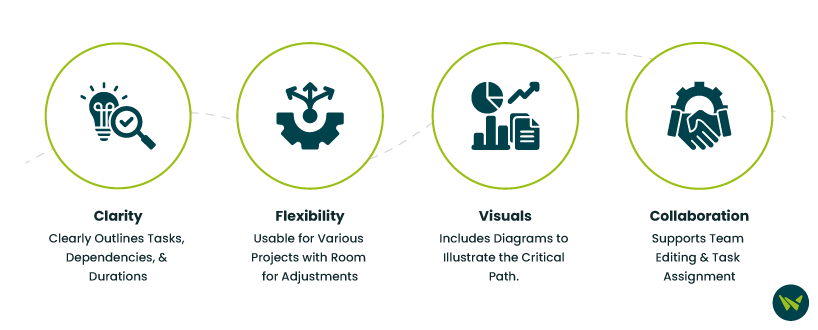
An excellent critical path method (CPM) template empowers you to leverage CPM effectively. Here's what to look for:
- Clarity And Ease Of Use: The tasks section of the template should clearly state the tasks involved in the project, while the dependencies section should state the various dependent factors associated with the tasks. The duration section of the template should describe the time spans associated with each of the tasks mentioned in the template. A well-designed and intuitive format or layout, whether in software or print form, is significantly easier to understand.
- Flexibility: The template should be reusable for any kind of project. Some might provide dedicated areas concerning markets, but a fundamental premise for variations is essential.
- Visual Appeal: To facilitate the understanding of the critical path, it should be illustrated through the network diagram or chart. Preference should be given to templates that include visuals that help in realizing the hierarchy of projects and their relations.
- Collaboration Features: If the templates are to be used to manage a team, think of templates with options for working together within the templates, such as editing and assignment. It simplifies communication and ensures everyone agrees with the other.
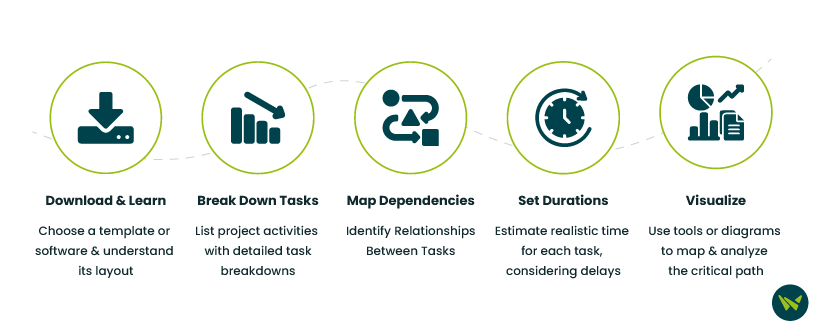
Templates for critical path turn the concept of CPM into a tangible, effective means of managing a project. Here's how to unlock their potential:
- Download And Familiarize: First, choose the template you want to use or use a dedicated PM software like ClickUp software and take some time to study its layout. Determine where in the writing process one will find sections on tasks, activities, task dependencies, their estimated time, and other visual pieces such as charts.
- Break Down Your Project: Enumerate all the activities needed to carry out your project. Specifics within the context of critical path analysis help because details always offer a better critical path.
- Map Task Dependencies: The dependencies between tasks can be determined by asking, ‘Can this task start before the other one is complete?’ Templates are often provided that shed light on finish-to-start and start-to-start.
- Assign Realistic Durations: Assess the amount of time that will be taken in each activity, including the availability of resources, the level of difficulty, and possible constraints. It is always wise to include a little leeway for when one is delayed by a meeting or any other activity.
- Visualize And Analyze: Lastly, you can either use all the capabilities of the template’s software or draw a manual network diagram with boxes and arrows illustrating the identified project flow. Almost all templates have the feature of calculating or displaying the critical path, which is the longest chain of successive dependent activities.
Empower your project management with the power of critical path templates. Download our free template from above, follow these steps, and unlock a world of efficient planning, streamlined execution, and on-time project delivery.
